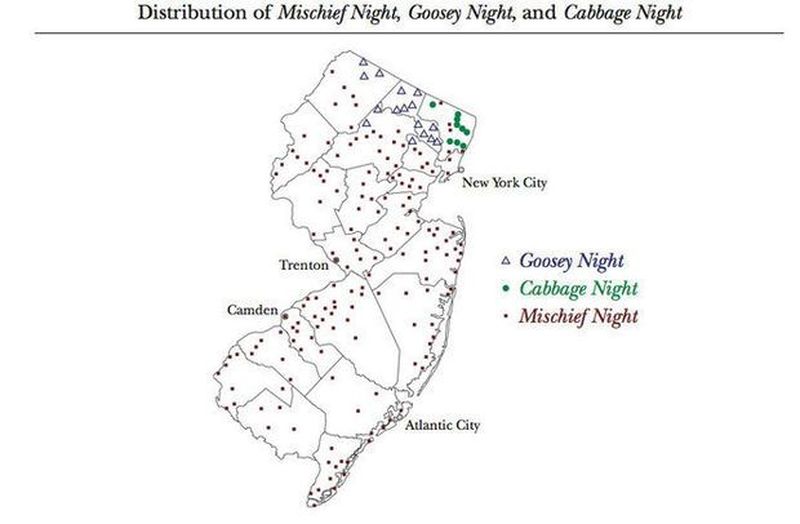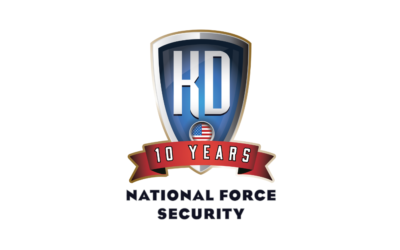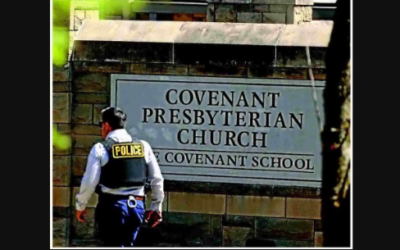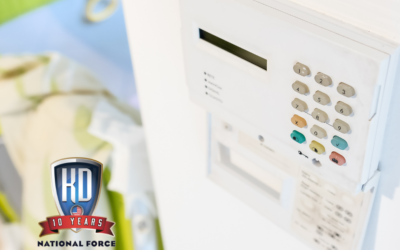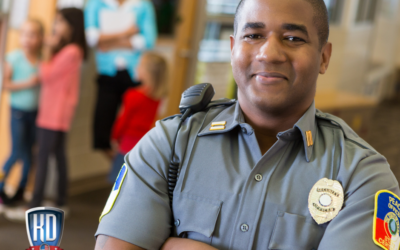Halloween is just around the corner, and that means it’s almost time for Trick or Treat! October 31 is filled with costumes, scary sights and sounds, candy, and laughs. And remember all the candy! Yet, there is also an infamous tradition before Halloween, and it is called Mischief Night. Mischief Night is also referred to as Devil’s Night, Cabbage Night, and Goosey Night, depending on where you’re from. To understand Mischief Night, you need to know the history behind Halloween.
History of Halloween
Halloween started as the Celtic tradition of Samhain, which was celebrated on October 31 more than 2000 years ago, according to History.com. On the night of Samhain, the Celtic people would celebrate by lighting bonfires, offering sacrifices, and paying respects to the dead. In the 9th century, poor people would visit the house of wealthier families and receive pastries called soul cakes. The poor people would make a promise to pray for the souls of the homeowners’ dead relatives and this would be known as “souling.”
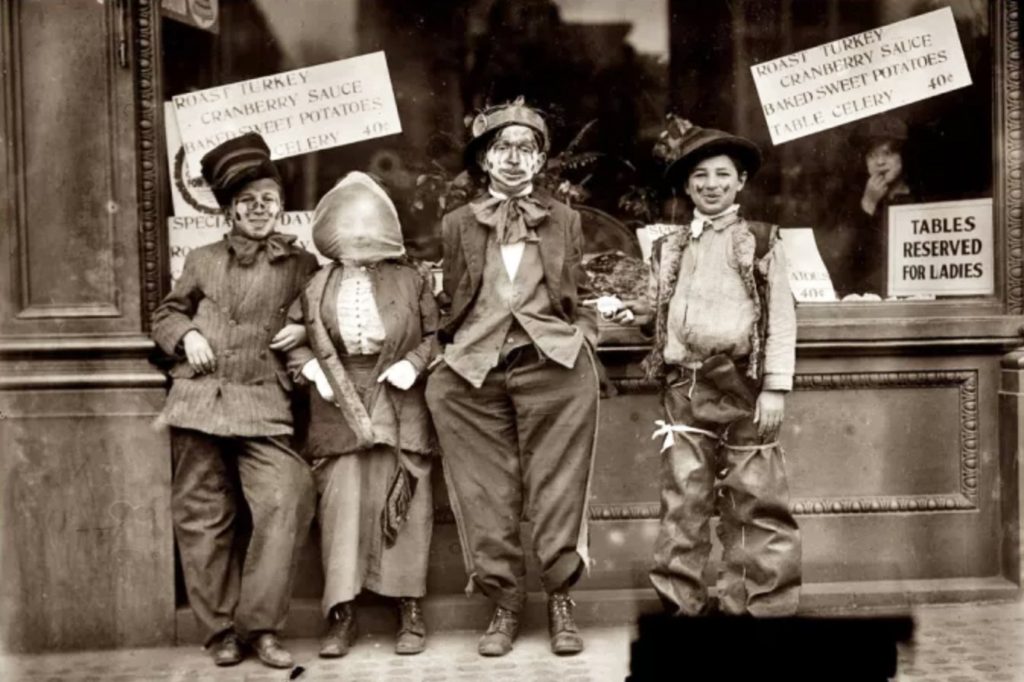
In the 1800s in the United States, the Irish and Scottish communities still practiced these “soulings,” and children would dress up in costumes. Eventually, children stopped asking for “soulings,” and started pranking people. These pranks included placing farmers’ wagons and livestock on barn roofs, uprooting vegetables in backyard gardens, and tipping outhouses. Pranks like these started to make newspaper headlines in the 1930s and ’40s. For instance, a 1937 Boston Globe article reported that children were “ringing false alarms, setting fires, breaking windows, and in general doing their best to annoy people,” according to a recount on NJ.com. Over time, these antics resulted in October 30 becoming known as Mischief Night every year, but primarily only in two pockets of the country: Michigan and New Jersey/Philadelphia.
Among the worst recorded incidences of violence on Mischief Night took place in the 1980s in Detroit, where the night before Halloween is called Devil’s Night. Peaking in 1984 with 810 fires on Devil’s Night, the city has since stopped the annual arson fest, according to CBS News, through a combination of curfews and a massive volunteer effort. A similar outbreak of arson was reported on Mischief Night in Camden, NJ in 1991 with 131 blazes.
Precautions for Mischief Night
Oddly enough, Mischief Night is typically something that only happens in New Jersey and the surrounding environs of Philadelphia, PA, and Delaware. The most common pranks for children are throwing toilet paper and spraying silly string on trees, smearing soap on cars, throwing eggs at cars and houses, and putting soap in fountains, etc.
It is important to inform your family and friends about Mischief Night and the serious consequences that can come when a few “bad apples” take their pranks too far. It is important to keep in mind that not all “pranks” happen in person, but on the computer as well.
This information was brought to you by the security professionals at KD National Force Security (KDNFS), who help people reduce risk, improve personal safety, and build confidence every day, including Mischief Night. On a night like October 30, when pranks can be expected, situational awareness is a key concept to keep in mind. If you see someone or something that is suspicious on Mischief Night, you need to inform your local authorities about it. What may seem like fun and games at first, can get out of hand and turn dangerous very quickly. Halloween is supposed to be filled with fun and frights, not crime.
KDNFS is a privately owned, bonded, and fully insured security company made up of credentialed and experienced law-enforcement experts. We set the standard in school and workplace security and all of our professional Security Specialists have more than 20 years of experience. To learn more about how KDNFS can protect you from senseless violence, contact us at info@kdnfs.com or (609) 635-5037.

